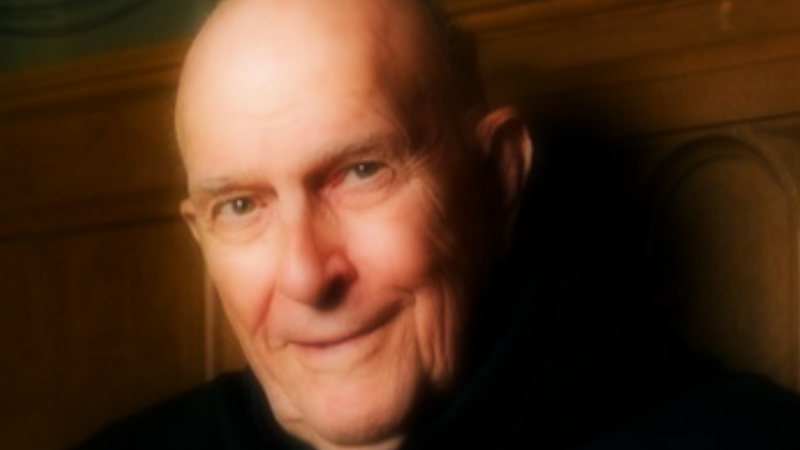Dr. Samantha Brody: Overcoming Overwhelm
Dr. Samantha Brody is a licensed naturopathic physician, acupuncturist, and the founder of Evergreen Natural Health Center in Portland, Oregon. With Sounds True, she has published Overcoming Overwhelm: Dismantle Your Stress from the Inside Out. In this episode of Insights at the Edge, Tami Simon speaks with Dr. Samantha about honoring intentions for the New Year rather than making easily broken “resolutions.” They discuss how to approach overwhelm with greater equanimity by identifying your “true north”—those priorities and values that truly define how you want to live your life. Dr. Samantha considers what it means to make healthy, nourishing choices in alignment with your true north. Finally, Tami and Dr. Samantha talk about the revitalizing power of a good night’s sleep and how to deal with the emotional overwhelm of a constantly changing world. (57 minutes)
Tami’s Takeaway: As a naturopathic physician, Dr. Samantha Brody has worked with over 30,000 clients to help them “overcome overwhelm” and make lifestyle changes that support greater health and vitality. I pushed hard in this conversation to find out what Dr. Samantha feels is the chief characteristic of people who actually follow through on their intentions to live with greater health and balance (whether that involves a new diet, fitness plan, or some other approach to reducing stress). Her answer is my takeaway: The most important factor in overcoming overwhelm is a willingness to take 100 percent responsibility for our choices and the results that follow.


